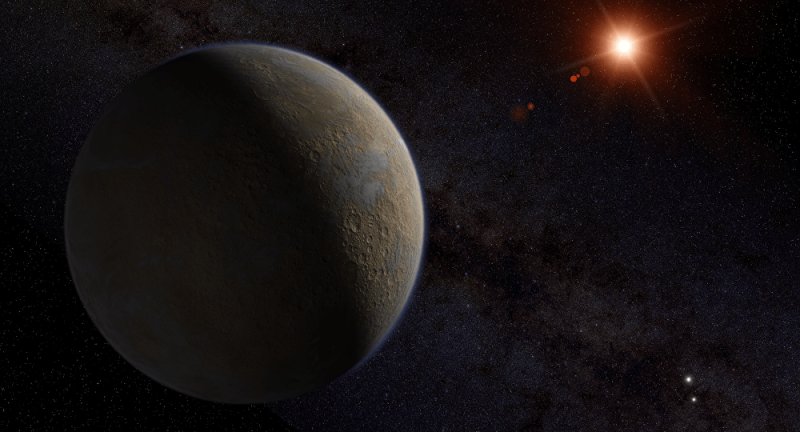Ever since the discovery of the exoplanet—known as Proxima Centauri b—in 2016, people have wondered whether it could be capable of sustaining life.
Now, using computer models similar to those used to study climate change on Earth, researchers have found that, under a wide range of conditions, Proxima Centauri b can sustain enormous areas of liquid water on its surface, potentially raising its prospects for harboring living organisms.
…
Proxima Centauri b orbits in its star’s habitable zone, meaning it’s at just the right distance to receive enough starlight to keep its surface above the freezing temperature of water. But this zone is extremely close to the star, Space.com, a Live Science sister site, reported. So it’s likely that the planet has become tidally locked due to gravitational forces.
…
The team ran 18 separate simulation scenarios in total, looking at the effects of giant continents, thin atmospheres, different atmospheric compositions and even changes in the amount of salt in the global ocean. In almost all of the models, Proxima Centauri b ended up having open ocean that persisted over at least some part of its surface.
“The larger the fraction of the planet with liquid water, the better the odds that if there’s life there, we can find evidence of that life with future telescopes,” [researcher Anthony] Del Genio said.
Read full, original post: The Closest Exoplanet to Earth Could Be “Highly Habitable”































